- Written By Team DWS
- Astrology
- July 07, 2025
The Cosmic Players: Unpacking the Roles of the 9 Planets in Western Astrology
Astrology, an ancient practice that bridges the mystical and the empirical, offers a fascinating lens through which we can observe the universe and ourselves. At the heart of Western astrology lies a celestial ensemble of nine planets, each one embodying unique energies, influences, and meanings. Understanding these cosmic players can deepen our insight into personality traits, life events, and the broader human experience. In this blog post, we’ll explore the roles of the nine planets—Sun, Moon, Mercury, Venus, Mars, Jupiter, Saturn, Uranus, Neptune, and Pluto—and how they shape our lives.
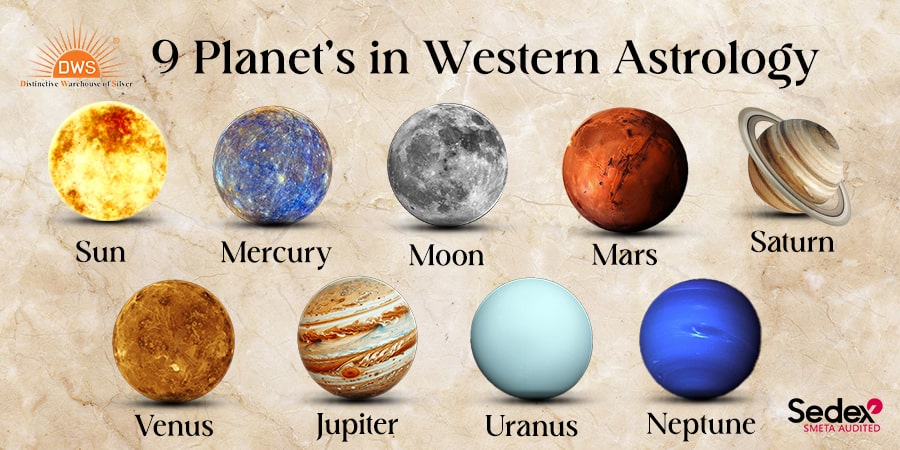
Exploring the Nine Celestial Forces: How Astrology Guides Our Understanding of Self and the Universe
1. The Sun: The Core of Your Identity
In astrology, the Sun represents your core self, the essence of who you are. It symbolizes vitality, individuality, and personal power. Your Sun sign, determined by the position of the Sun at the time of your birth, reflects your fundamental traits, ambitions, and life goals. Like the sun in our solar system, this celestial body is the center around which your astrological chart orbits, influencing your ego, creativity, and willpower.
2. The Moon: Your Emotional Landscape
The Moon governs our emotional world, instincts, and subconscious. While the Sun represents our conscious identity, the Moon embodies our inner self and feelings. Its phases affect our moods, and its sign placement offers insights into our emotional reactions and nurturing style. People with a prominent Moon influence may express their feelings more openly, contributing to their deep connections with others. Understanding the Moon's placement can help individuals navigate their emotional landscape and enhance self-awareness.
3. Mercury: The Messenger of Communication
Mercury, the planet of communication and thought processes, governs how we think, learn, and express ourselves. It covers all forms of communication—verbal, written, and even non-verbal. The placement of Mercury in one’s chart can indicate how someone interacts with the world, their communication style, and intellectual pursuits. Individuals influenced by Mercury may excel in areas requiring analytical thinking and articulation, making them skilled debaters, writers, or educators.
4. Venus: The Goddess of Love and Beauty
As the planet associated with love, beauty, and harmony, Venus represents our values, relationships, and aesthetic sensibilities. This planet influences our capacity for affection, attraction, and what we find beautiful in the world. The position of Venus in a birth chart can reveal how someone approaches love, their romantic preferences, and their appreciation for art and beauty. A strong Venus presence often leads to a love of connection, pleasure, and meaningful relationships.
5. Mars: The Warrior of Action
Mars embodies action, energy, and desire. Unlike Venus, which represents love and beauty, Mars is the planet of aggression, ambition, and competition. It governs our drive to pursue goals, our level of assertiveness, and how we handle conflict. The sign and house placement of Mars in someone’s astrological chart can show their approach to challenges and the enthusiasm they bring to their passions. Those with a pronounced Mars influence may be seen as energetic leaders or fierce competitors.
6. Jupiter: The Planet of Expansion
Jupiter symbolizes growth, abundance, and optimism. Often referred to as the “greater benefic,” it bestows gifts of fortune, wisdom, and philosophical expansion. Jupiter’s placement in a birth chart can indicate areas of life where an individual may experience growth and success, as well as where they need to cultivate a broader perspective. This planet encourages exploration, adventure, and the pursuit of higher knowledge, making it a powerful influence on personal and professional opportunities.
7. Saturn: The Taskmaster of Discipline
Saturn is known as the planet of responsibility, discipline, and structure. It represents challenges, limitations, and the lessons we must learn to succeed. While it may seem daunting, Saturn’s influence can ultimately lead to growth through hard work and perseverance. The placement of Saturn reveals where we may face difficulties but also where we can achieve mastery and fulfillment. Embracing Saturnian lessons can cultivate resilience, responsibility, and maturity.
8. Uranus: The Rebel of Change
Uranus represents innovation, originality, and rebellion. It governs the unconventional and is associated with sudden changes and breakthroughs. Its influence encourages us to challenge the status quo and embrace individuality. Birth chart placements of Uranus often reveal areas where people feel compelled to express their uniqueness and desire freedom. Those influenced by this planet may be drawn to progressive ideas and unconventional lifestyles.
9. Neptune: The Dreamer of Illusion
Neptune embodies dreams, intuition, fantasy, and spirituality. It governs the realms of imagination, compassion, and psychic abilities. While Neptune can inspire creativity and artistic expression, it can also lead to confusion and escapism if not navigated thoughtfully. The position of Neptune in a birth chart reveals how an individual connects with their spiritual self, where their ideals and dreams lie, and how they may experience illusions or heightened sensitivity in their life. This placement can indicate areas where one may seek meaning and transcendence, as well as where they might encounter challenges related to delusion or disillusionment. Understanding Neptune's influence can empower individuals to harness their imaginative potential while remaining grounded in reality.
Conclusion
In conclusion, the nine planets of Western astrology—each with its unique influence—offer profound insights into the tapestry of human existence. By understanding how the Sun, Moon, Mercury, Venus, Mars, Jupiter, Saturn, Uranus, Neptune, and Pluto shape our identities, emotions, and life experiences, we can foster deeper self-awareness and personal growth. Whether you view astrology as a guiding tool or a means of reflection, the cosmic players encourage us to embrace our individuality, navigate our challenges, and seek harmony within ourselves and with the universe around us. Ultimately, this celestial framework invites us to engage with our lives more consciously and meaningfully.

Western Astrology FAQs: Your Questions Answered!
Sure! Here’s a list of frequently asked questions (FAQs) about Western Astrology:
1. What is Western Astrology?
Western Astrology is a system of astrology that uses the position of the planets and the zodiac signs at the time of an individual’s birth to interpret their personality traits, relationships, and life events. It is based on a geocentric model, viewing the Earth as the center of the universe.
2. What are the main components of Western Astrology?
The main components include:
- The Zodiac Signs: There are 12 zodiac signs (Aries, Taurus, Gemini, etc.), each associated with specific personality traits.
- Planets: Each planet influences different aspects of life (e.g., Venus relates to love; Mars pertains to ambition).
- Houses: The chart is divided into 12 houses, each representing different life areas (e.g., career, relationships).
- Aspects: These are angles between planets that reveal how they interact with each other, affecting personality and potential.
3. How is a natal chart created?
A natal chart, or birth chart, is calculated using the exact date, time, and location of an individual's birth. This information helps astrologers determine the positions of the sun, moon, and planets, which form the basis of the chart.
4. What do the signs of the zodiac represent?
Each zodiac sign reflects specific character traits and tendencies:
- Aries: assertive, energetic
- Taurus: reliable, sensual
- Gemini: curious, adaptable
- Cancer: nurturing, intuitive
- Leo: charismatic, confident
- Virgo: analytical, meticulous
- Libra: balanced, diplomatic
- Scorpio: passionate, intense
- Sagittarius: adventurous, optimistic
- Capricorn: disciplined, responsible
- Aquarius: innovative, independent
- Pisces: empathetic, imaginative
5. What are sun, moon, and rising signs?
- Sun Sign: Represents your core personality and is determined by your birth date.
- Moon Sign: Reflects your emotional self and inner moods, calculated from the position of the moon at your birth.
- Rising Sign (Ascendant): Represents how others perceive you and your outward behavior, based on which zodiac sign was on the horizon at your birth time.
6. How can astrology be used in daily life?
Many people use astrology for:
- Self-Understanding: Gaining insights into personality traits and tendencies.
- Relationship Guidance: Understanding compatibility with others based on their astrological profiles.
- Timing Decisions: Some follow astrological advice for planning events and significant life decisions.
7. Is astrology scientifically valid?
While astrology has a rich history and many believers, it lacks empirical support from the scientific community. Skeptics argue that the correlations made in astrology are too generalized and not statistically valid.
8. Can astrology predict the future?
Astrology aims to provide insight rather than concrete predictions. Astrologers interpret planetary movements and transits to suggest potential influences and trends in a person's life.
9. Are all horoscopes the same?
No, they can vary widely based on the astrologer's interpretation and the methodology used. Personal horoscopes, based on individual natal charts, tend to provide the most specific insights.
10. Can I change my astrological fate?
Astrology suggests tendencies and potentials based on birth charts, but it emphasizes free will and personal agency. Many believers assert that individuals can choose how to respond to influences in their lives.
11. How do I find my zodiac sign?
To find your zodiac sign, check your birth date against the zodiac sign dates, which generally run from:
- Aries: March 21 to April 19
- Taurus: April 20 to May 20
- Gemini: May 21 to June 20
- Cancer: June 21 to July 22
- Leo: July 23 to August 22
- Virgo: August 23 to September 22
- Libra: September 23 to October 22
- Scorpio: October 23 to November 21
- Sagittarius: November 22 to December 21
- Capricorn: December 22 to January 19
- Aquarius: January 20 to February 18
- Pisces: February 19 to March 20
12. Where can I learn more about Western Astrology?
There are many resources available, including books, online courses, astrology websites, and forums. Some popular authors in astrology include Liz Greene, Stephen Arroyo, Robert Hand, and Deborah Houlding, each offering unique insights and perspectives on the subject.
Popular on Blogs
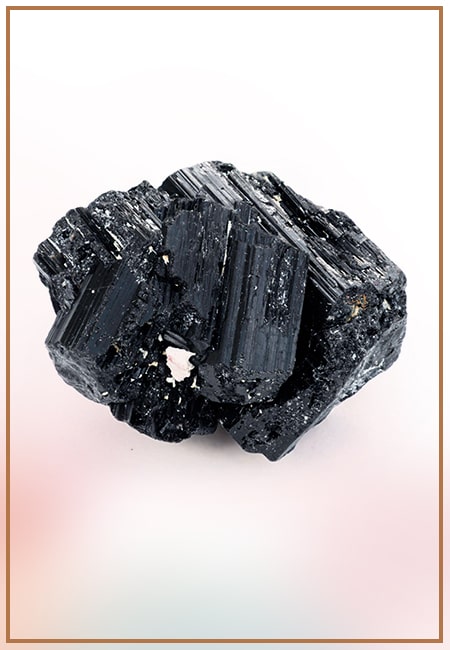
Black Tourmaline: Meaning, Healing Properties, Fascinating Facts, Powerful Attributes, Versatile Uses, and Beyond
September 05, 2023 / BY Team DWS
Black Tourmaline, also known as Schorl, is a highly revered crystal with incredible metaphysical properties. It derives its name from the Dutch word "turamali," meaning "stone with ..
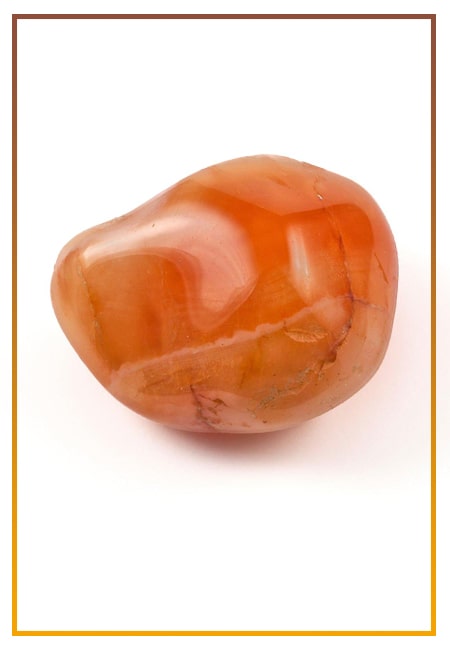
Carnelian Stone: Meaning, Healing Properties, Power, Facts, Color, Uses and More
December 26, 2023 / BY Team DWS
Carnelian is a vibrant and captivating gemstone that holds a plethora of meanings, healing properties, and powers. Its warm and fiery energy makes it a popular choice among crystal ..
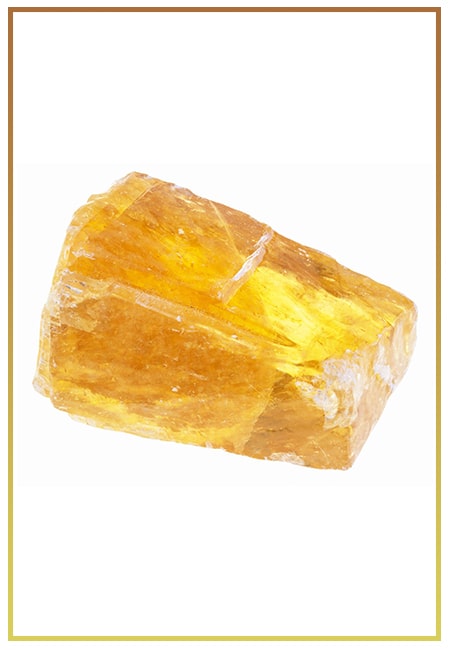
Citrine: Exploring its Meaning, Healing Properties, Fascinating Facts, Powers, Versatile Uses, and Much More
November 18, 2023 / BY Team DWS
Citrine, with its warm golden hues, has captured the attention and imagination of people for centuries. This beautiful gemstone, commonly associated with wealth and prosperity, hol ..

Black Onyx: Unveiling the Meaning, Healing Properties, Fascinating Facts, Powerful Attributes, Versatile Uses, and Beyond
July 25, 2023 / BY Team DWS
Black Onyx, a striking gemstone admired for its deep black hue and elegant appearance, has captivated people for centuries. In this comprehensive guide, we will delve into the mean ..

Unveiling the Mysteries of Turquoise Stone: Exploring its Meaning, Healing Properties, Power, Facts, Color, Uses, and More
December 05, 2023 / BY Team DWS
Turquoise, with its captivating blue-green hue, has been adorning jewelry and artifacts for centuries. This striking stone has a rich history, rich symbolism, and a plethora of int ..
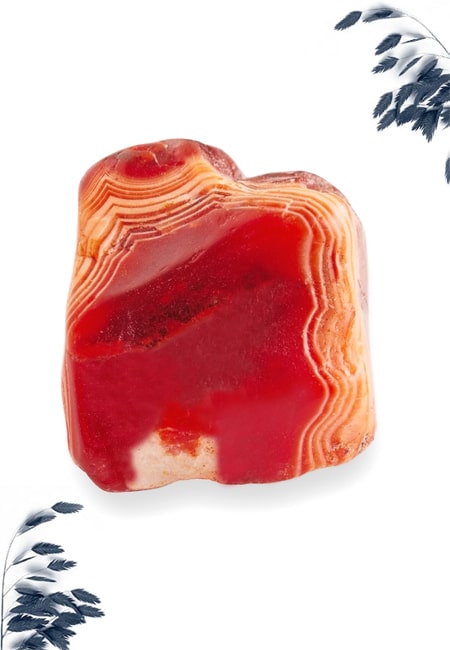
The History Behind The Popularity of Red Agate
December 23, 2022 / BY Team DWS
An Agate is a type of magma rock that takes many years till it is washed out naturally into the water. And that is the reason this stone has elements of water. This beautiful stone ..
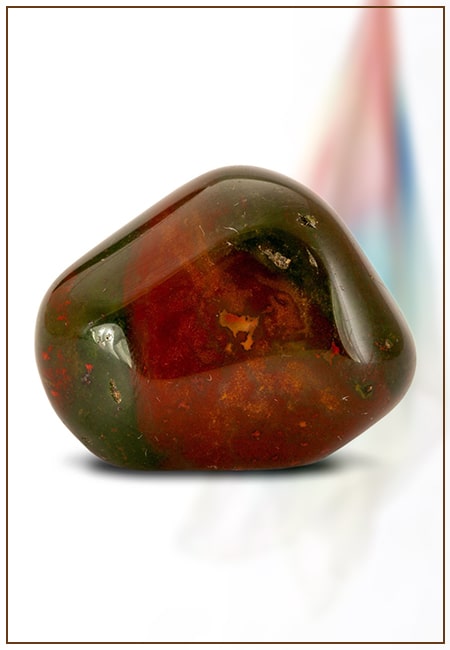
Bloodstone: Unveiling the Meaning, Healing Properties, Facts, Powers, Uses, and More
August 21, 2023 / BY Team DWS
Bloodstone, with its captivating deep green color with specks of red, is a mesmerizing gemstone that has fascinated civilizations for centuries. It possesses unique healing propert ..

Plan a Perfect Valentine's Week with Our Valentine Week List 2025
January 22, 2024 / BY Team DWS
Valentine's Day is undoubtedly the most romantic day of the year, but we believe that one day is just not enough to express your love and make your partner feel special. That's why ..


